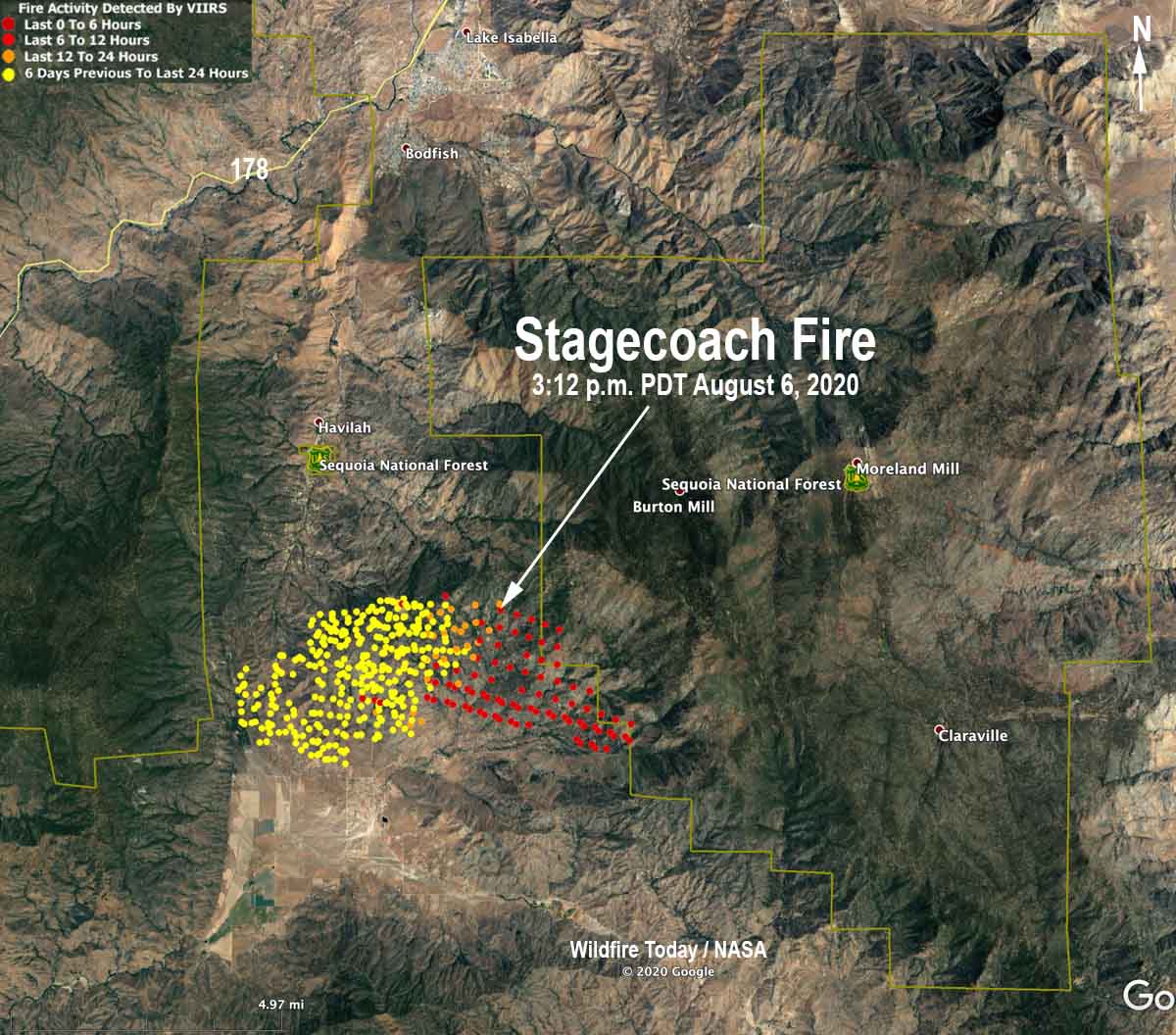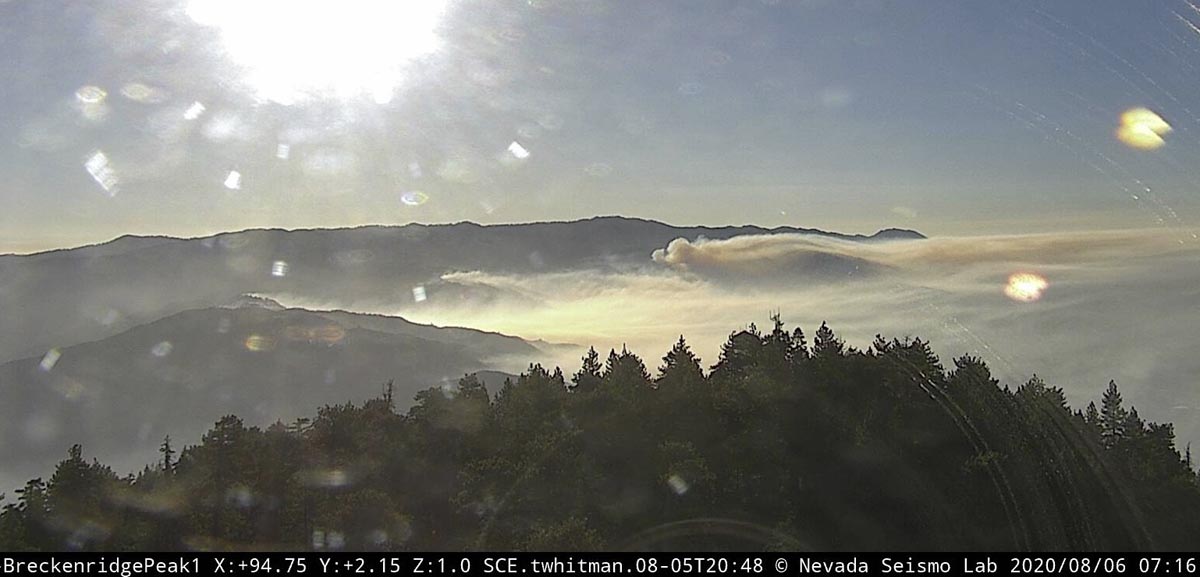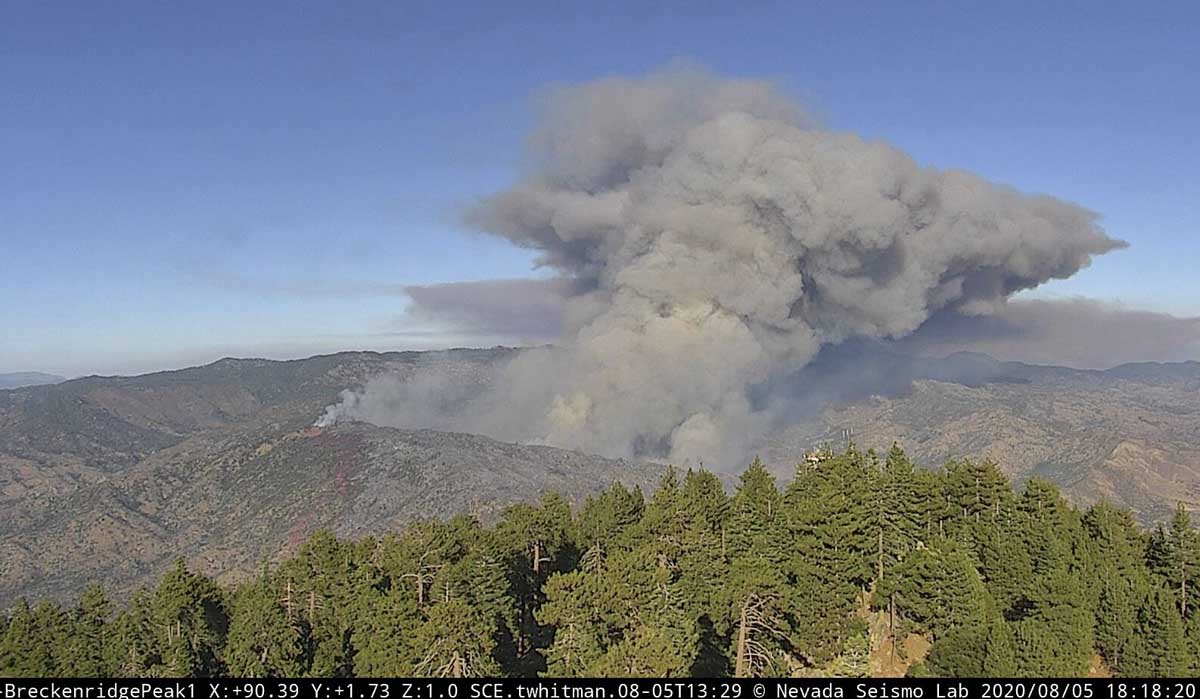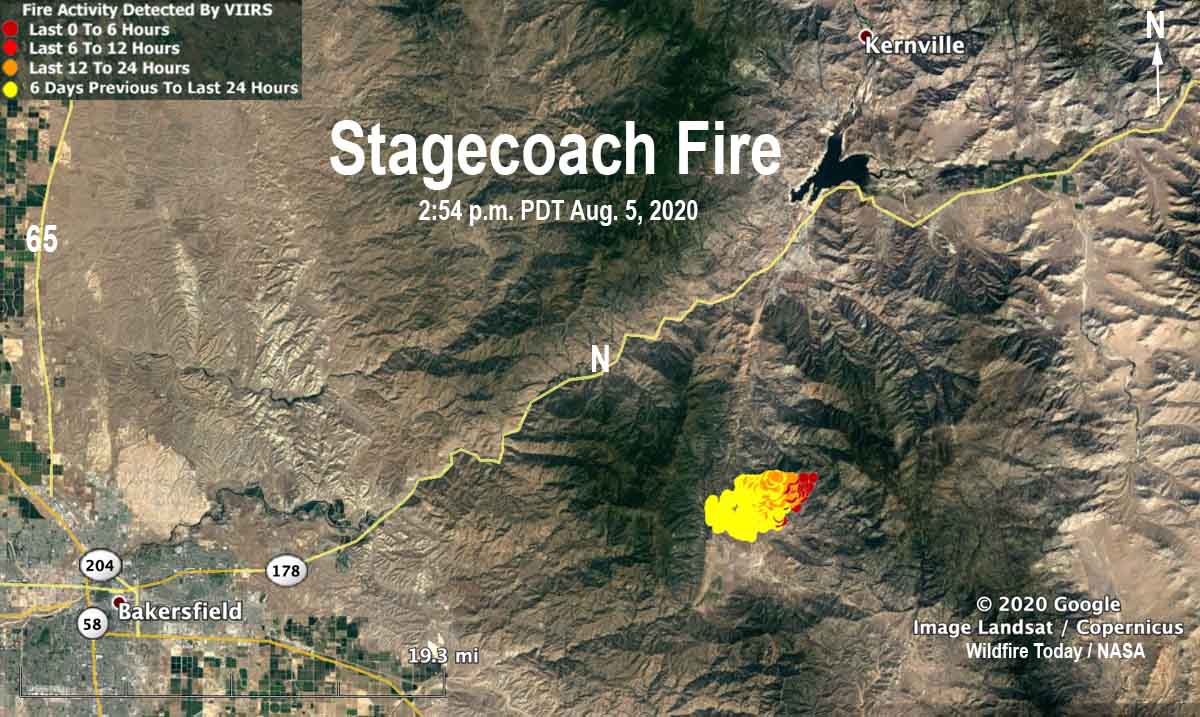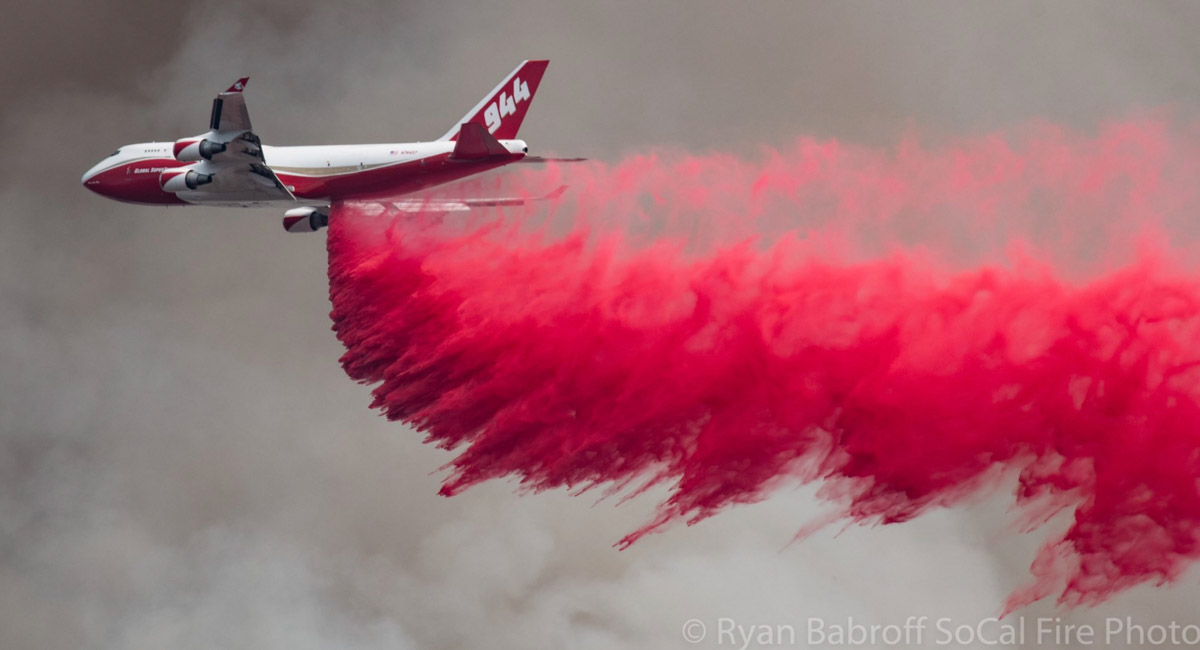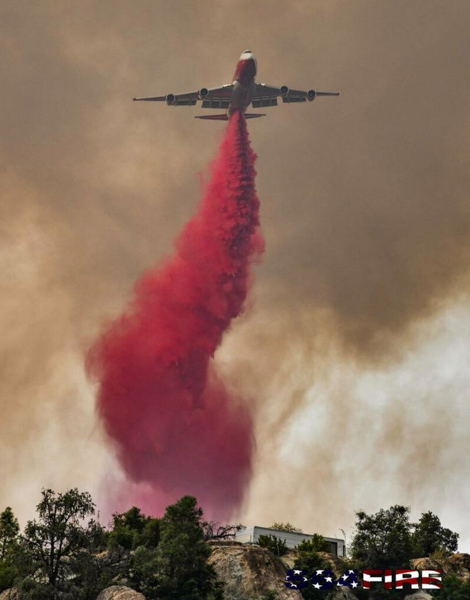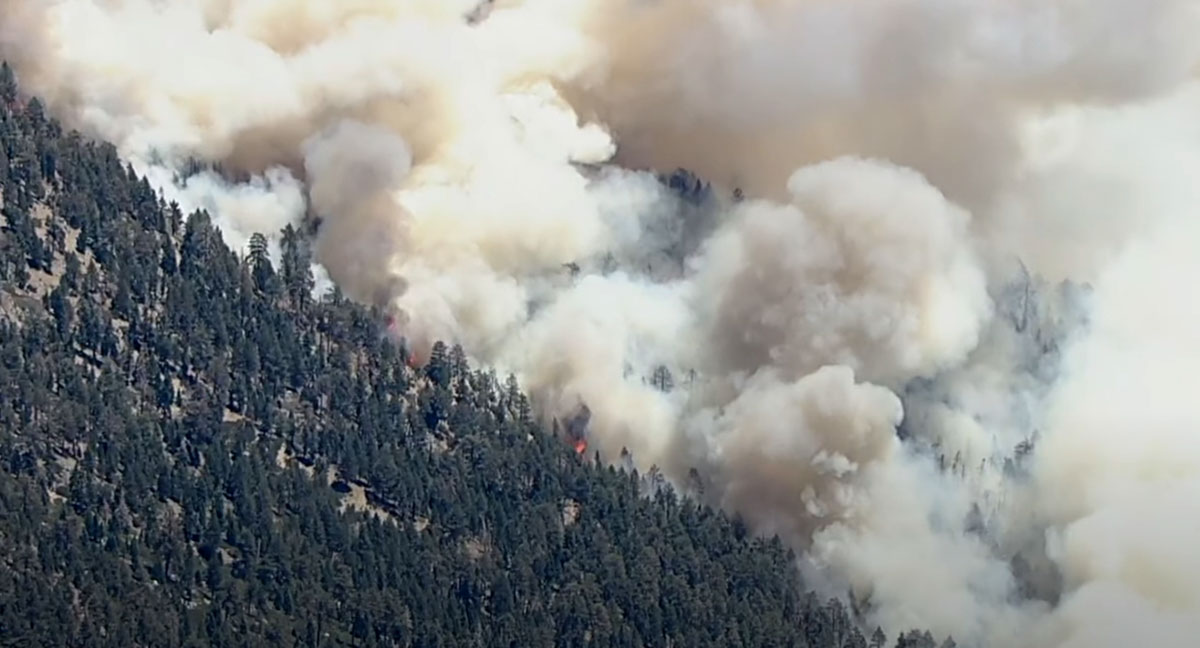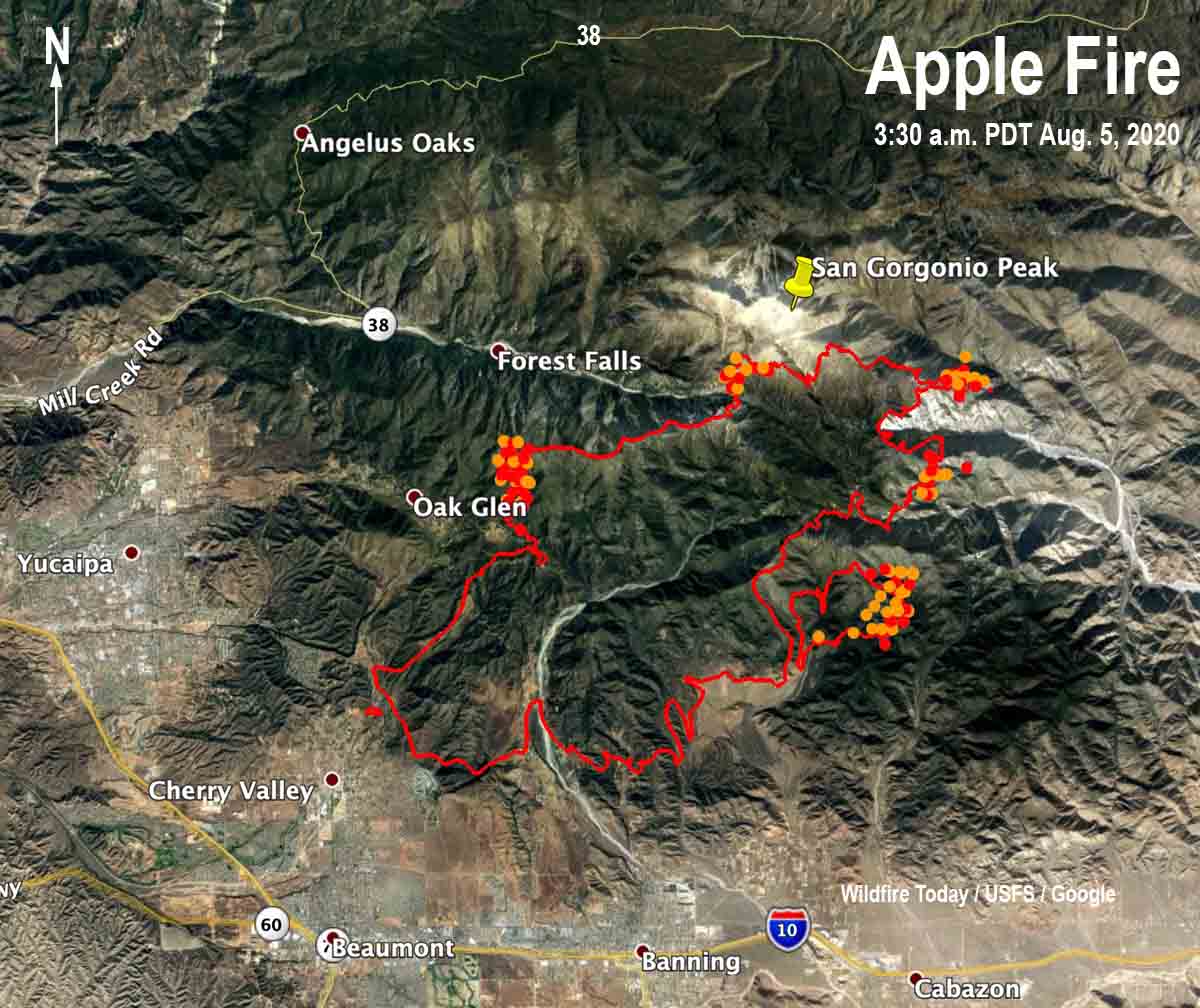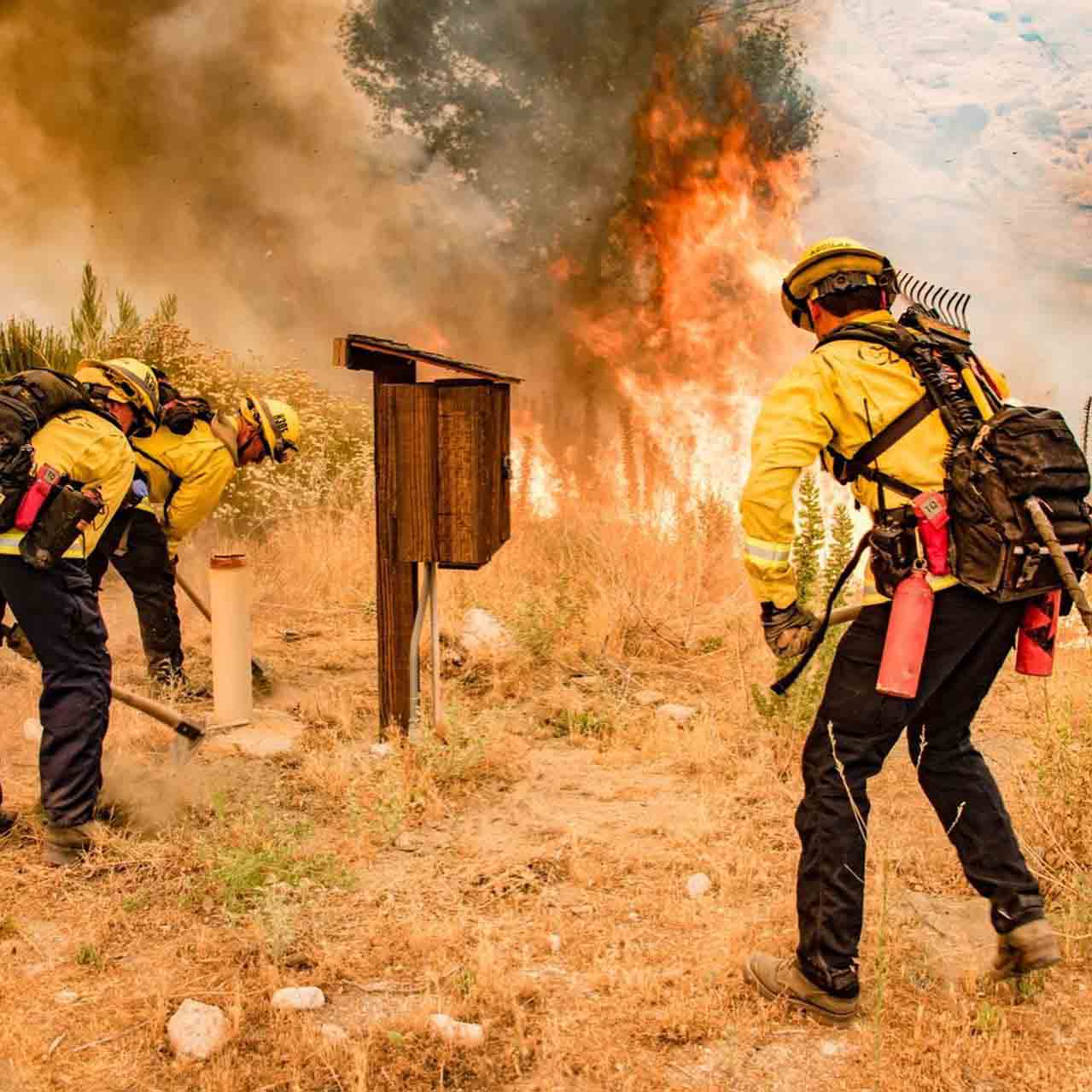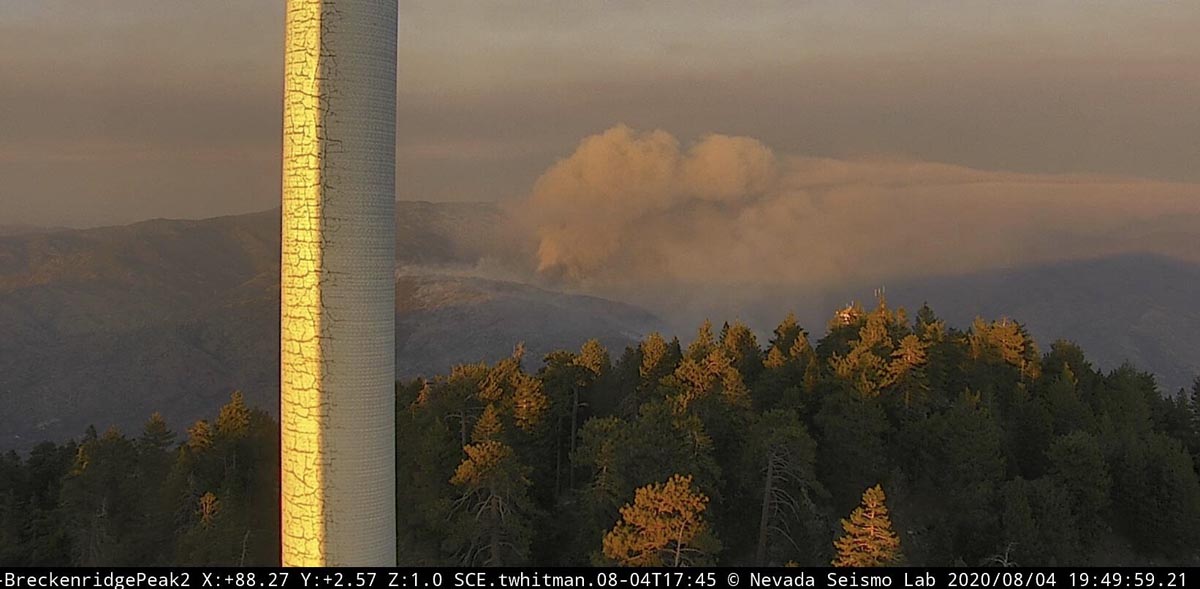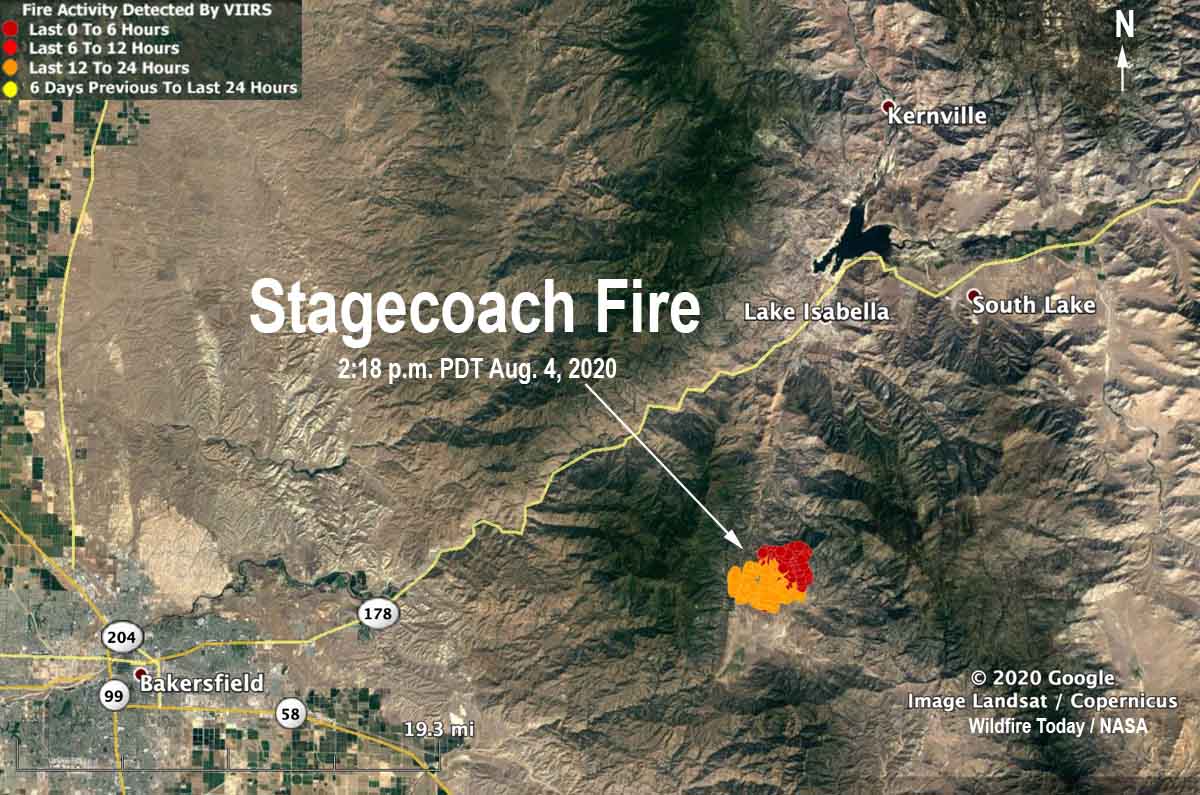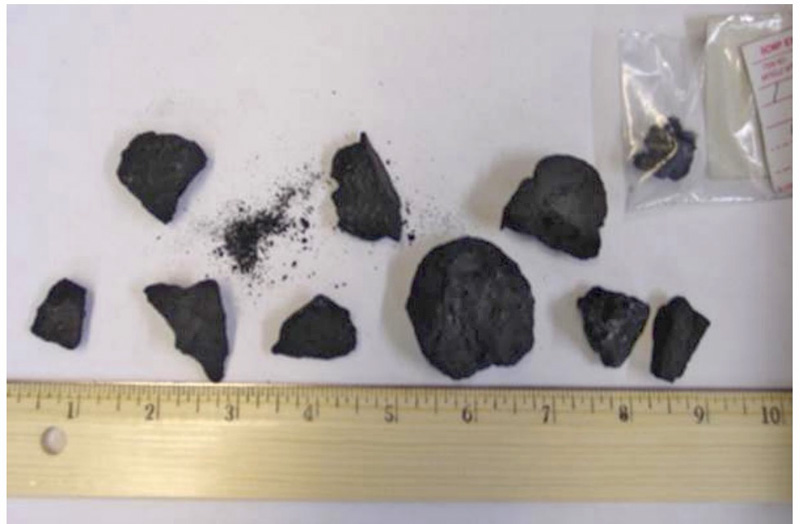Updated August 7, 2020 | 12:43 p.m. PDT
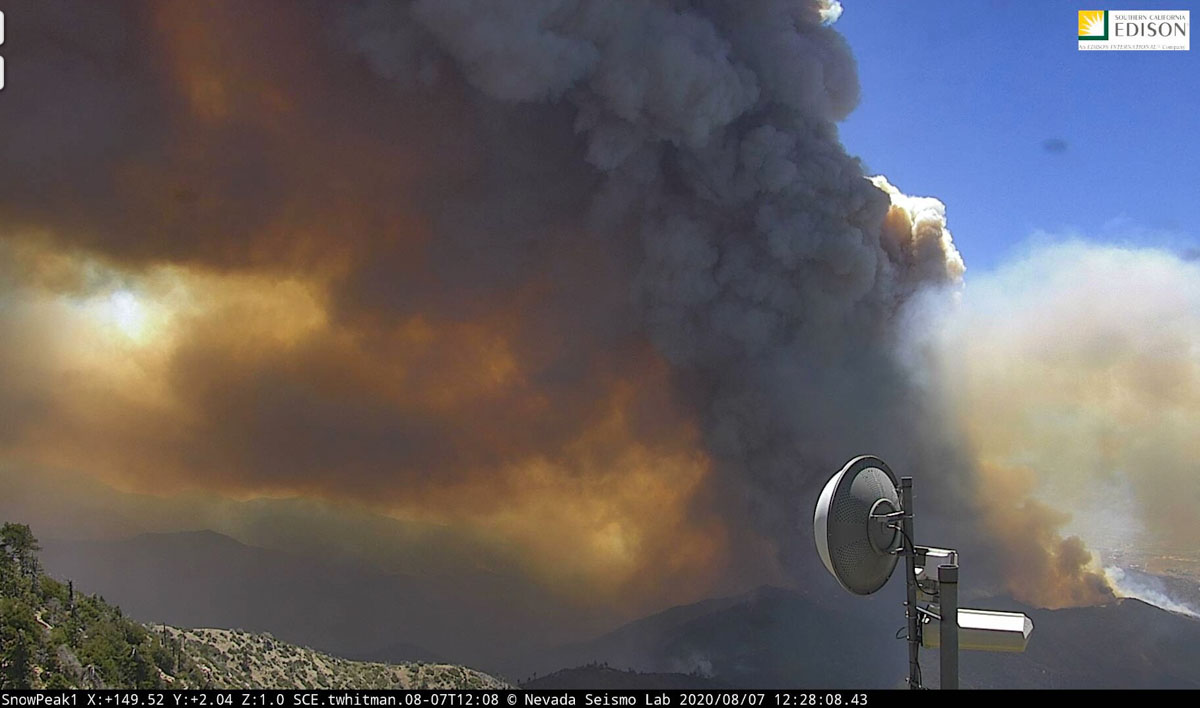
The U.S. Forest Service said at about 11:30 a.m. Friday that the very large amount of smoke on the east side of the Apple Fire is the result of a burn out operation:
This is a planned event and has adequate aerial support and ground resources in the area. The smoke is a result of crews doing a burn out operation to remove fuels in front of the fire.
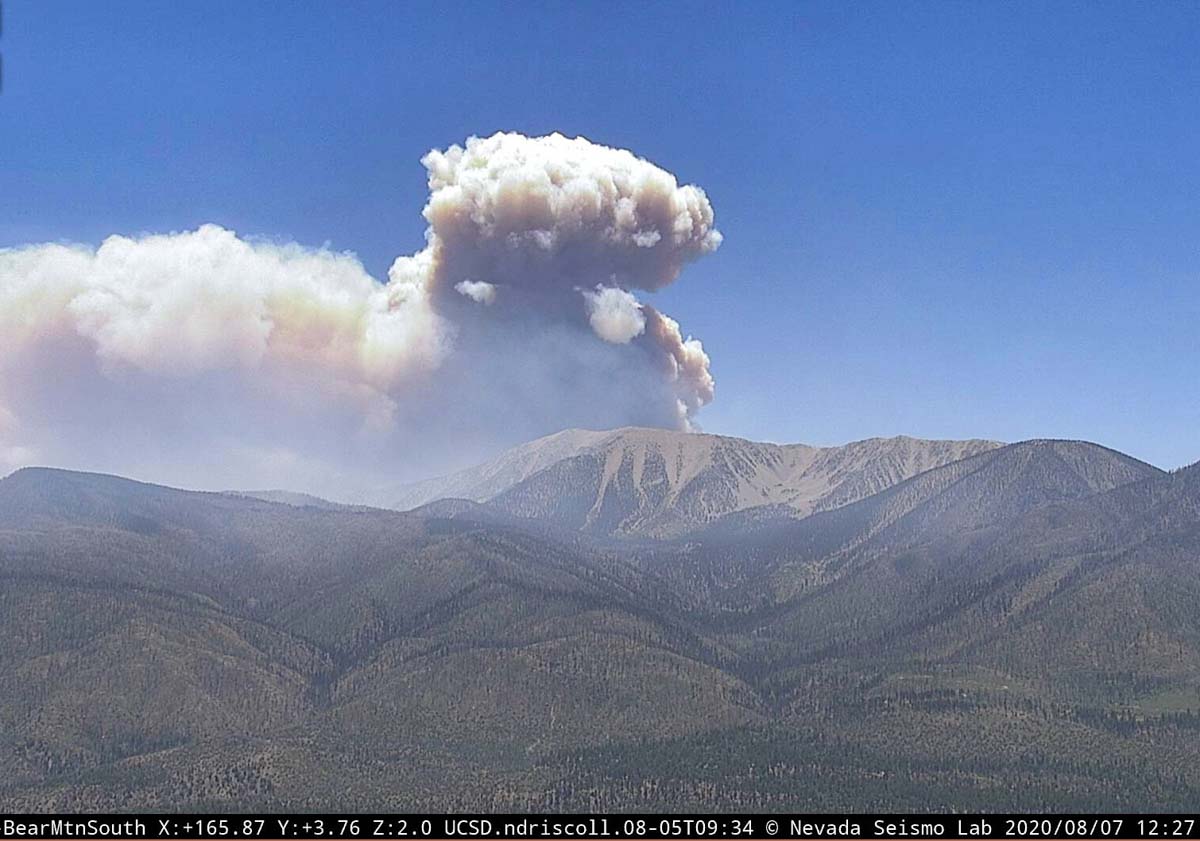
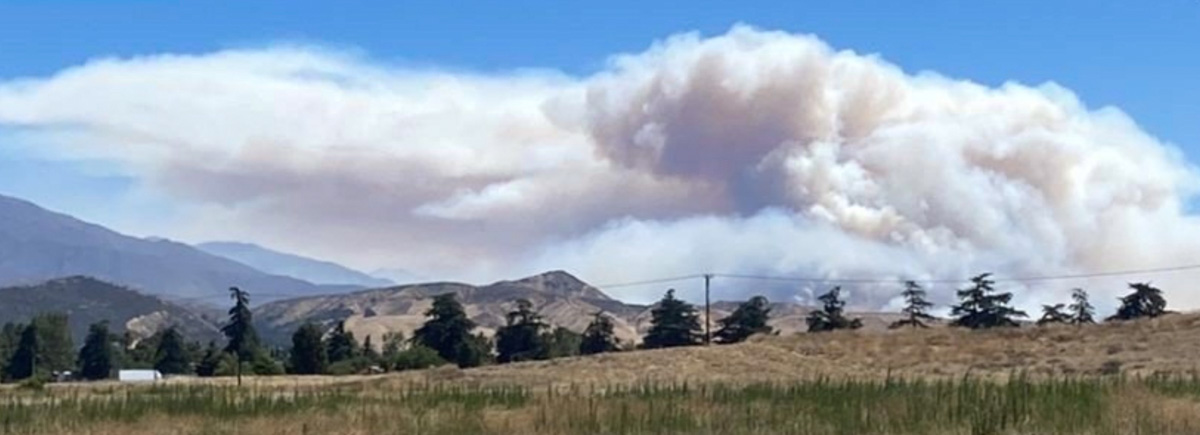
August 7, 2020 | 6:50 a.m. PDT
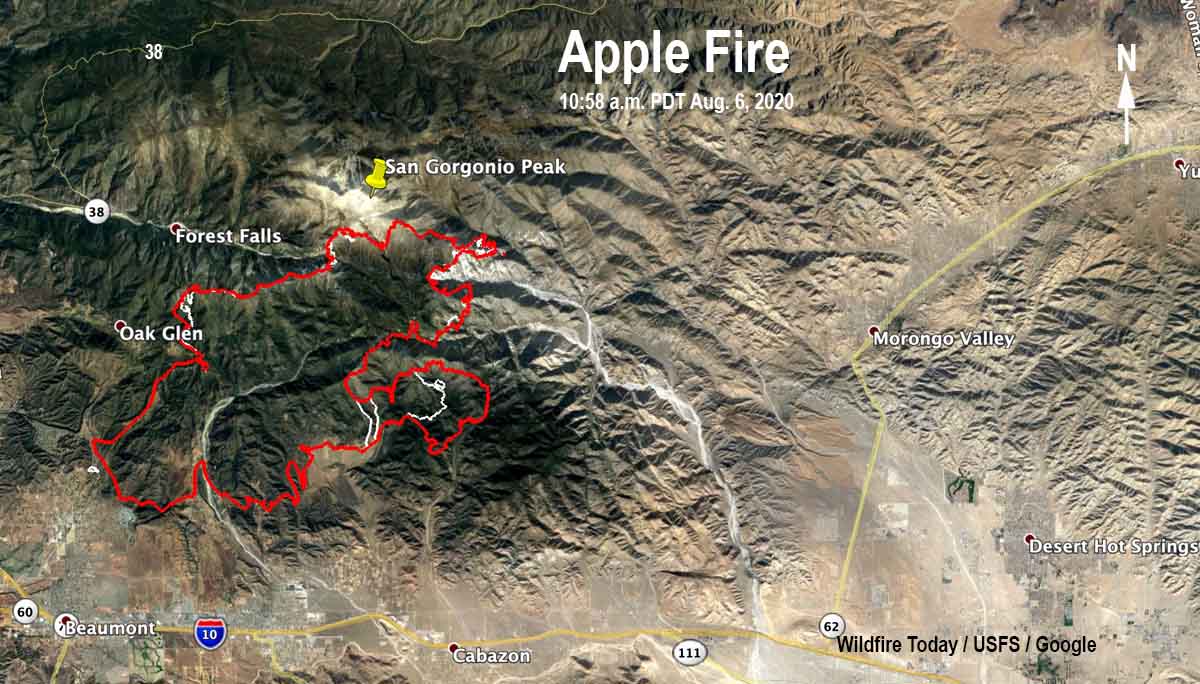
More evacuation warnings were issued Thursday for the Apple Fire which has been burning since July 31 north of Beaumont and Banning in southern California. One of the areas on the list is the community of Morongo Valley. A warning is one level below an evacuation order.
(To see all articles on Wildfire Today about the Apple Fire, including the most recent, click here.)
“There is a potential threat to life and/or property,” the Sheriff’s Department said. “Those who require additional time to evacuate, and those with pets and livestock should leave now.”
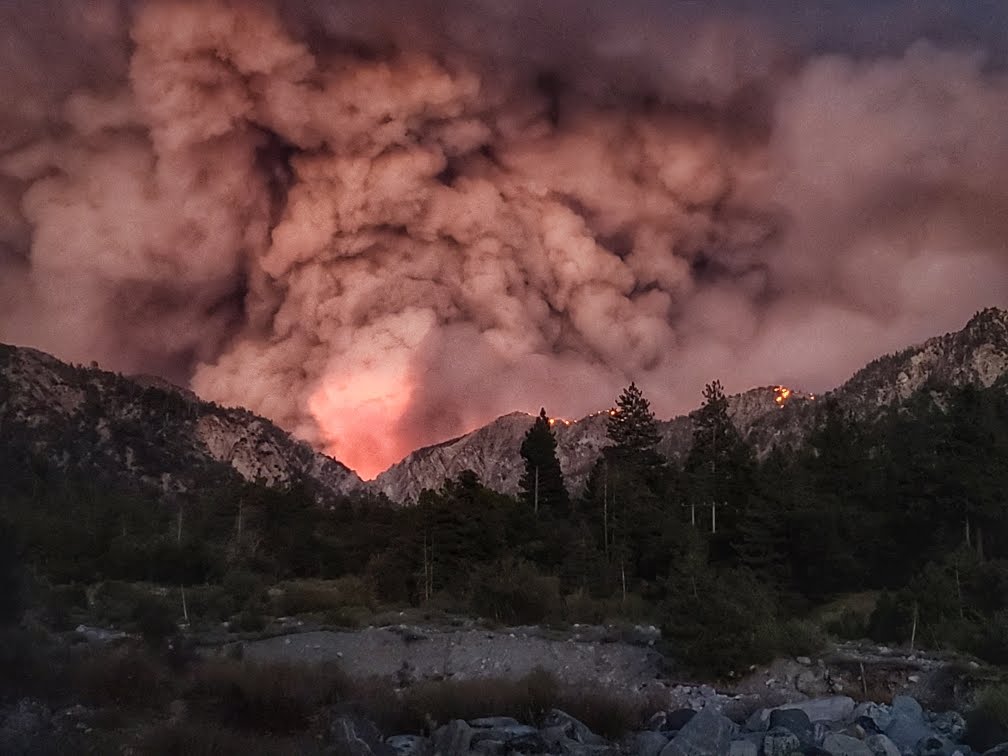
A mapping flight at 10:58 p.m. Thursday determined that the Apple Fire had burned 29,267 acres. The largest concentrations of heat at that time were on the east side as it burned into Willard Canyon and Bear Wallow Spring. Another area of intense heat was on the northwest side of the fire where it was spreading near Cedar Mountain.
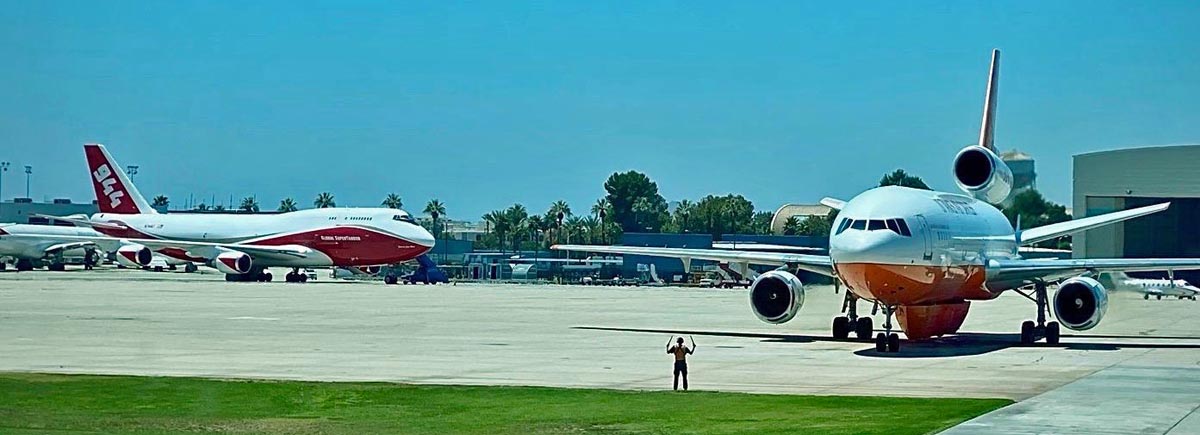
From the Incident Management Team Thursday night:
“Firefighters made good progress in the Oak Glen area and were able to build direct line just below the fire. The fire is headed towards a rocky area. The smoke in this area was due to heavy fuels burning on the top of Yucaipa Ridge.
“The fire burned through heavy fuels in the Millard Canyon area, but stayed in place on the western slopes of Millard Canyon. Planes and helicopters built a line of fire retardant today in preparation for firing out a portion of the vegetation this evening. The goal is to build a containment line to prevent fire movement to the east to the communities of Morongo Valley and Pioneertown.
“The fire has stayed in place in the San Gorgonio Wilderness to the north. Firefighters have made good progress with mop-up and backhaul of trash and excess equipment in the origin area of Cherry Valley and Banning Canyon; this area will be in patrol status tomorrow.”

